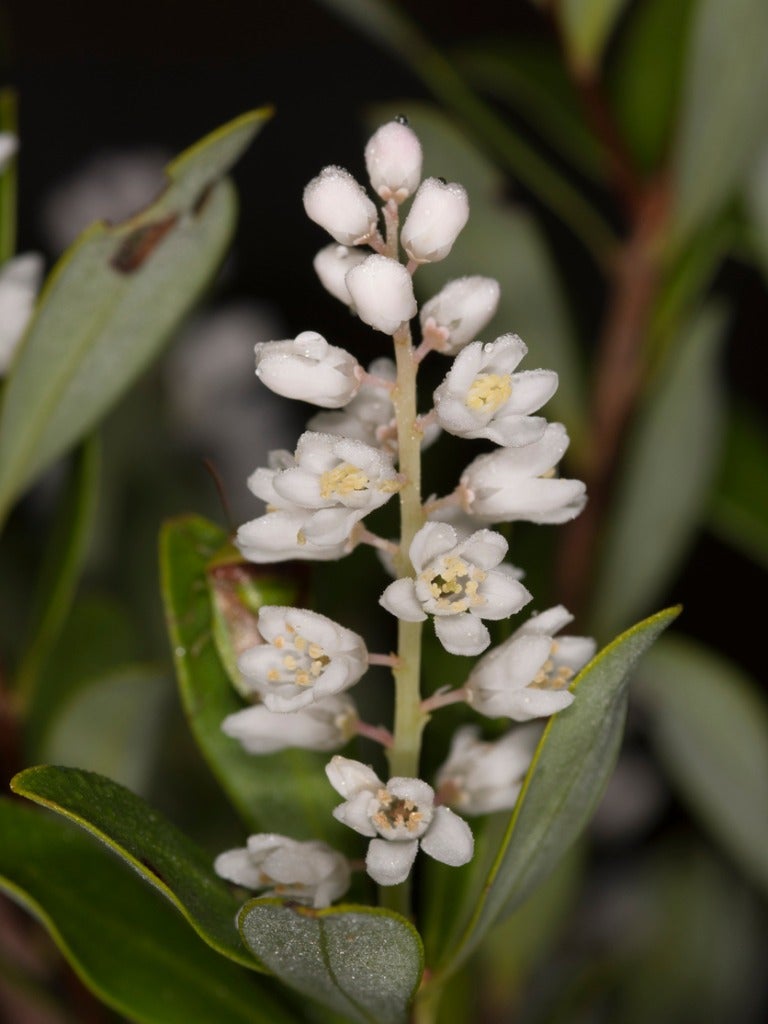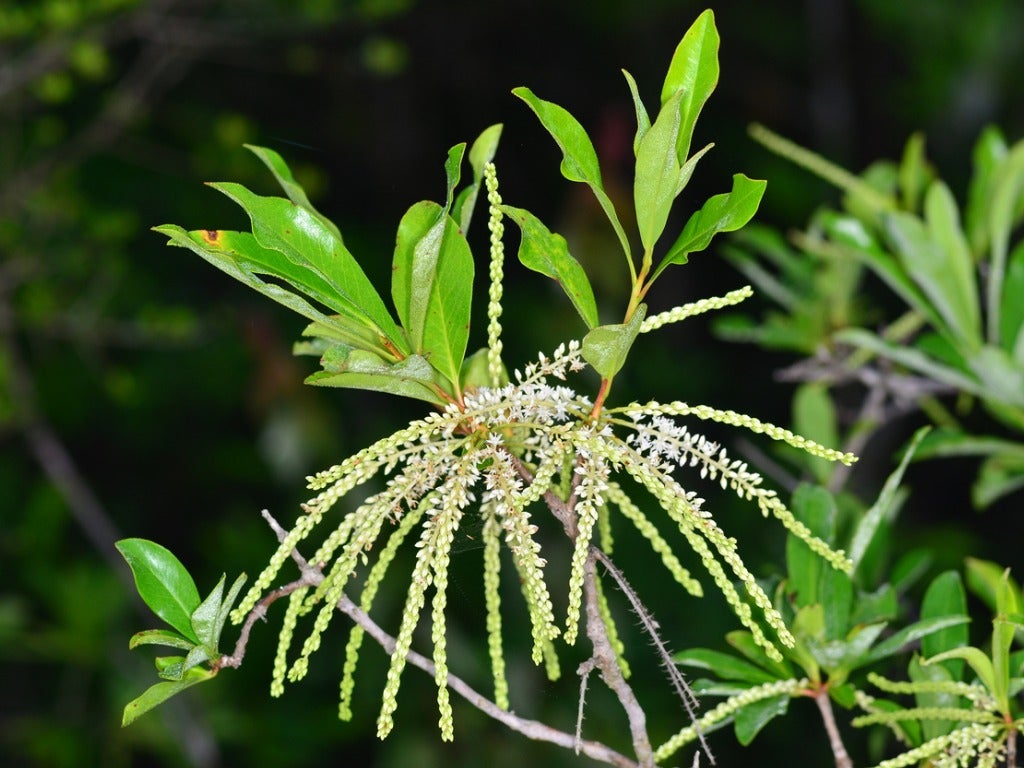What Is Swamp Titi: Is Summer Titi Bad For Bees


What is swamp titi? Is summer titi bad for bees? Also known by names such as red titi, swamp cyrilla, or leatherwood, swamp titi (Cyrilla racemiflora) is a shrubby, moisture-loving plant that produces slender spikes of fragrant white flowers in summer.
Swamp titi is native to the warm, tropical climates of the southeastern United States, as well as parts of Mexico and South America. Although bees love swamp titi’s fragrant, nectar-rich blooms, bees and swamp titi aren’t always a good combination. In some areas, the nectar causes a condition known as purple brood, which is toxic to bees.
Read on for more summer titi information and learn about titi purple brood.
About Bees and Swamp Titi
Summer titi’s fragrant blooms are attractive to honeybees, but the plant is associated with purple brood, a condition that can be fatal to larvae that eat the nectar or honey. Purple brood can also affect adult bees and pupae.
The disorder is so named because the affected larvae turn blue or purple instead of white.
Fortunately, purple brood isn’t widespread, but it is considered a serious problem for beekeepers in certain areas, including South Carolina, Mississippi, Georgia, and Florida. Although it isn’t as common, titi purple brood has been found in other areas, including southwest Texas.
Florida Cooperative Extension Office advises beekeepers to keep bees away from areas where large stands of swamp titi are in bloom, typically in May and June. Beekeepers can also provide bees with a sugar syrup, which will dilute the effect of the toxic nectar.
Gardening tips, videos, info and more delivered right to your inbox!
Sign up for the Gardening Know How newsletter today and receive a free copy of our e-book "How to Grow Delicious Tomatoes".
Generally, beekeepers in the region are familiar with purple brood, and they know when and where it is likely to occur.
If you aren’t sure if it’s safe to keep bees, or if you’re new to the area, contact a beekeeper’s group, or ask your local cooperative extension office for summer titi information. Experienced beekeepers are usually happy to offer advice.

A Credentialed Garden Writer, Mary H. Dyer was with Gardening Know How in the very beginning, publishing articles as early as 2007.
-
 8 Perfect Flowers To Plant With Tomatoes To Boost Yields & Banish Pests
8 Perfect Flowers To Plant With Tomatoes To Boost Yields & Banish PestsDon’t forget flowers when choosing companion plants for your tomato beds or pots. These pretty, fragrant blooms add beauty but are also highly beneficial.
By Mary Ellen Ellis
-
 Want The Longest Lasting Hydrangea Flowers? Grow These 8 Panicle Hydrangea Varieties
Want The Longest Lasting Hydrangea Flowers? Grow These 8 Panicle Hydrangea VarietiesFor ornamental shrubs that deliver the longest flowering seasons with plush blooms and delicate hues, these panicle hydrangea varieties are essential in your yard
By Tonya Barnett
